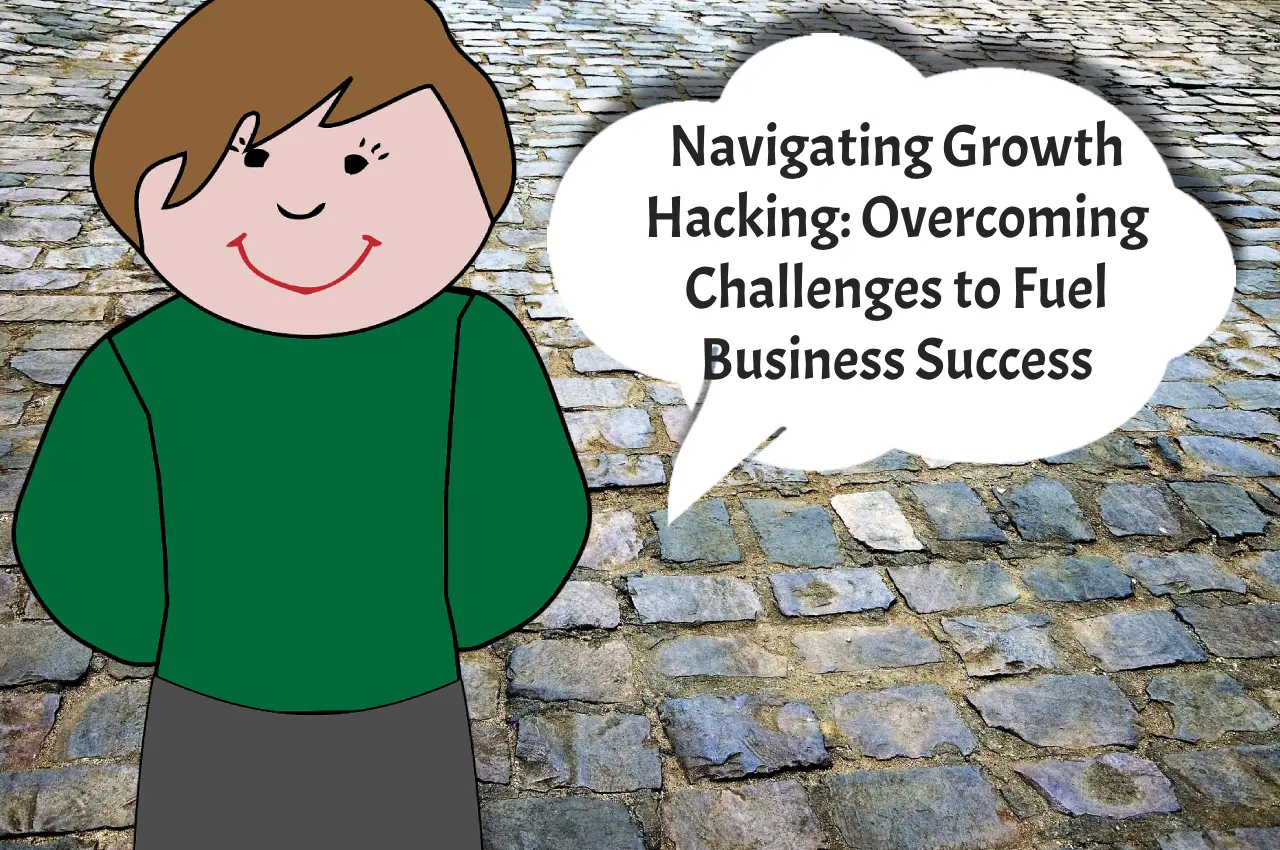Embarking on the journey of growth hacking is akin to navigating through a labyrinth, filled with twists, turns, and unexpected obstacles. As businesses strive to expand and thrive in today’s dynamic landscape, growth hacking has emerged as a vital strategy for achieving rapid and sustainable growth. However, amidst the allure of exponential success, there exist numerous roadblocks that can impede progress and thwart even the most well-conceived plans. In this guide, we delve into the common challenges faced by growth hackers and explore effective strategies to overcome them.
Understanding the Landscape: Identifying Key Challenges
In the world of growth hacking, challenges abound, each presenting its own set of complexities and hurdles. From the initial stages of ideation to the execution of strategies, every step in the growth hacking process is fraught with potential roadblocks. Some of the most prevalent challenges include:
Limited Resources: For startups and small businesses, constrained budgets and manpower can pose significant challenges when it comes to implementing growth hacking strategies effectively.
Scaling: As businesses grow, maintaining the same level of efficiency and agility becomes increasingly difficult. Scaling up operations while ensuring continued growth presents a formidable challenge for growth hackers.
User Acquisition: Acquiring a steady stream of users or customers is essential for fueling growth. However, attracting and retaining users in a competitive landscape saturated with options can be a daunting task.
Retention and Engagement: Beyond acquiring users, retaining them and fostering long-term engagement is critical for sustainable growth. Keeping users actively engaged and invested in your product or service requires ongoing effort and innovation.
Adapting to Change: In today’s fast-paced digital environment, trends and technologies evolve rapidly. Staying ahead of the curve and adapting to emerging trends is essential for remaining competitive.
Overcoming the Hurdles: Strategies for Success
While the challenges of growth hacking may seem daunting, they are by no means insurmountable. With the right approach and mindset, growth hackers can navigate through obstacles and unlock new avenues for growth. Here are some effective strategies for overcoming common roadblocks:
Prioritize and Focus: With limited resources at your disposal, it’s crucial to prioritize your efforts and focus on high-impact activities. Identify key growth drivers and allocate resources accordingly to maximize efficiency and results.
Leverage Data and Analytics: Data-driven insights are invaluable for optimizing growth hacking strategies. Utilize analytics tools to track performance, identify trends, and make informed decisions based on actionable data.
Experimentation and Iteration: Growth hacking is inherently experimental, requiring a willingness to test new ideas and iterate based on feedback. Embrace a culture of experimentation, and don’t be afraid to pivot if a strategy isn’t yielding the desired results.
Customer-Centric Approach: Place the needs and preferences of your customers at the forefront of your growth hacking efforts. By understanding your target audience and delivering value that resonates with them, you can drive user acquisition and retention organically.
Stay Agile and Adaptive: Flexibility is key in the ever-evolving landscape of growth hacking. Stay agile and adaptive, ready to pivot your strategies in response to changing market dynamics and emerging opportunities.
Incorporating Real-Life Examples: Illustrating Success Stories
To illustrate the effectiveness of these strategies in overcoming growth hacking challenges, let’s explore a few real-life examples:
Airbnb: In its early days, Airbnb faced the challenge of attracting users to its platform and building trust in the concept of peer-to-peer lodging. Through innovative growth hacking tactics such as leveraging Craigslist and optimizing search engine rankings, Airbnb was able to rapidly expand its user base and establish itself as a leading player in the hospitality industry.
Dropbox: Dropbox encountered the hurdle of user acquisition in a crowded market dominated by established players. By implementing a referral program that incentivized existing users to refer friends and family, Dropbox achieved viral growth and skyrocketed to success, demonstrating the power of word-of-mouth marketing in driving growth.
Uber: Uber disrupted the transportation industry by addressing the pain points of traditional taxi services and offering a convenient and reliable alternative. Through strategic partnerships, targeted marketing campaigns, and a relentless focus on customer experience, Uber overcame regulatory challenges and resistance from incumbents to become a global phenomenon.
Embracing the Journey of Growth Hacking
In the tapestry of growth hacking, challenges serve not as roadblocks, but as opportunities for innovation and growth. By adopting a proactive mindset, leveraging data-driven insights, and embracing experimentation, growth hackers can overcome obstacles and unlock new pathways to success. Remember, the journey of growth hacking is not a sprint but a marathon, requiring perseverance, adaptability, and a relentless pursuit of excellence.
What growth hacking challenges have you encountered, and how did you overcome them? Share your insights and experiences in the comments below.





